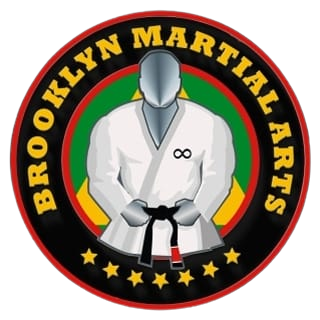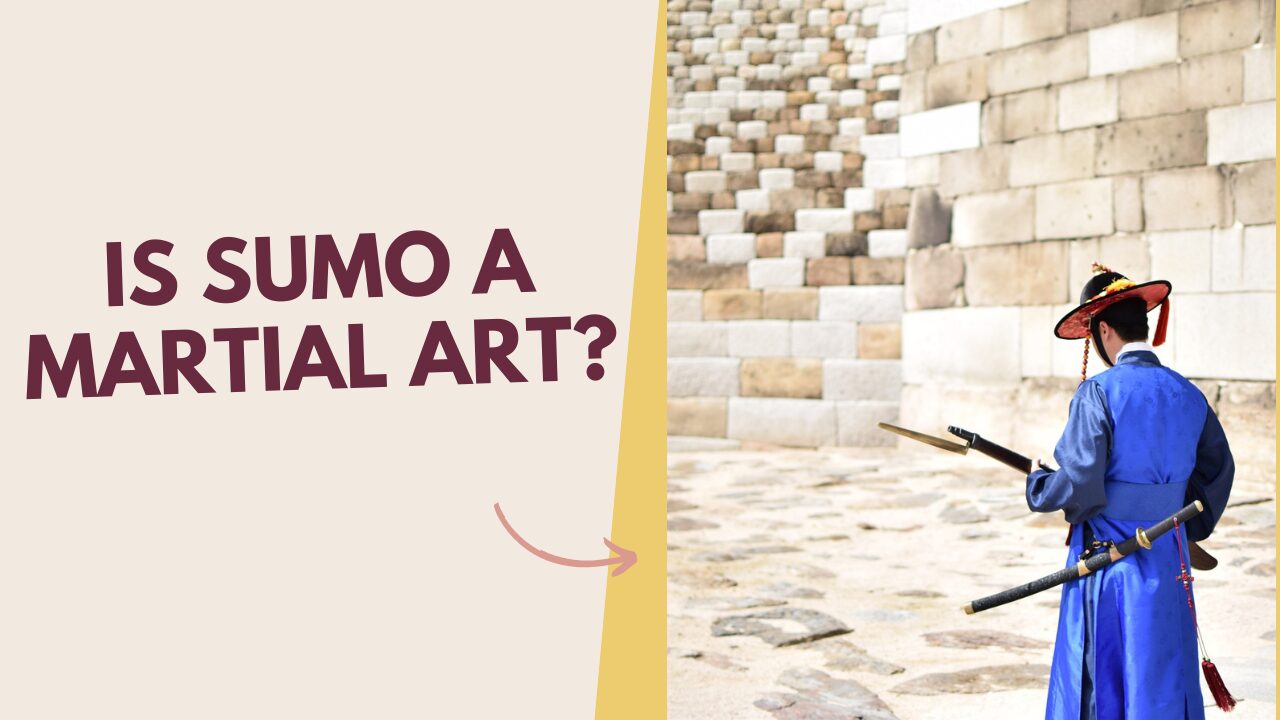Did you know that the sport of sumo has been practiced for over 1,500 years in Japan?
While many consider sumo as a form of entertainment due to its larger-than-life wrestlers and ceremonial rituals, there is an ongoing debate within the martial arts community about whether sumo should be classified as a martial art.
The unique blend of tradition, technique, and physicality in sumo raises intriguing questions about its classification and relevance in the realm of martial arts.
Key Takeaways
- Sumo’s origins intertwine spiritual rituals with wrestling, blurring the lines between martial art and cultural tradition.
- Techniques and training in Sumo emphasize physical strength, mental discipline, and strategic maneuvers akin to martial arts.
- Sumo’s global popularity reflects its unique blend of tradition, athleticism, and spectacle, transcending mere sport classification.
- Ongoing debates on Sumo’s classification highlight its complex nature, straddling between martial art and modern sport distinctions.
Origins of Sumo
The origins of Sumo can be traced back to ancient Japan where it emerged as a traditional form of wrestling. This ancient sport holds deep roots in Japanese tradition, dating back centuries. Sumo wasn’t only a physical competition but also held spiritual and ritualistic significance in Japanese culture. Initially, Sumo was performed as a way to entertain the Shinto deities and to pray for a good harvest. Over time, it evolved into a professional sport with structured rules and competitions.
Sumo wrestlers, or Rikishi, follow a strict lifestyle that emphasizes discipline, respect, and dedication. They train rigorously to build strength, agility, and technique essential for success in the ring. The sport’s ceremonial aspects, such as the rituals performed before matches, further highlight its connection to Japanese customs and beliefs. Sumo continues to be a revered tradition in Japan, with tournaments drawing large crowds and captivating audiences worldwide. Its rich history and cultural significance make Sumo not just a sport but a symbol of Japanese heritage and values.
Techniques and Training in Sumo
Delve into the intricate world of Sumo by exploring its unique techniques and rigorous training regimen. Sumo techniques are specialized moves that wrestlers use to outmaneuver and overpower their opponents in the ring. One of the fundamental techniques in Sumo is the ‘tsuppari,’ a rapid series of thrusts aimed at destabilizing the opponent. Another common technique is the ‘oshi,’ which involves pushing the opponent out of the ring. These techniques require strength, agility, and strategic thinking to execute effectively.
Sumo training is intense and demanding, focusing on building physical strength, balance, and mental discipline. Wrestlers undergo rigorous daily routines that include weight training, cardio exercises, and practice matches to hone their skills. Additionally, Sumo wrestlers adhere to a strict diet to maintain their large physique while staying agile on the dohyo, or ring. Training sessions are conducted in traditional Sumo stables called ‘heya,’ where wrestlers live, eat, and train together under the guidance of experienced coaches.
Similarities to Traditional Martial Arts
Exploring the world of Sumo reveals striking similarities to traditional martial arts in both technique and discipline. Sumo wrestlers undergo rigorous physical conditioning to build strength, agility, and endurance. This training regimen is reminiscent of the intense workouts found in other martial arts disciplines, focusing on developing the body to perform at its peak. The dedication to physical fitness in Sumo mirrors the emphasis on strength and conditioning seen in traditional martial arts.
Moreover, mental focus plays a crucial role in both Sumo and traditional martial arts. Wrestlers must cultivate a strong mindset to withstand the immense pressure of competition and the demanding nature of training. Just like in other martial arts, maintaining composure, concentration, and mental resilience is vital for success in Sumo. The mental aspect of the sport is as challenging as the physical, requiring wrestlers to hone their concentration and discipline.
In essence, Sumo encompasses not only the physical aspects of combat sports but also the mental fortitude and discipline characteristic of traditional martial arts. The shared values of physical conditioning and mental focus highlight the deep-rooted similarities between Sumo and other martial arts practices.
Cultural Significance of Sumo
Unveiling the cultural significance of Sumo reveals its profound impact on Japanese traditions and society. Sumo is deeply ingrained in Japan’s cultural practices, dating back centuries with a rich historical significance. The sport embodies values such as discipline, respect, and a strong work ethic, which are highly valued in Japanese society.
Historically, Sumo has been intertwined with Shinto rituals, where it was performed to entertain the Shinto deities. This connection highlights the spiritual aspect of Sumo and its role in Japanese religious practices. Additionally, Sumo wrestlers, or rikishi, are seen as symbols of strength and power, reflecting the ideals of traditional Japanese masculinity.
The sport’s cultural significance is also evident in its influence on various art forms, including literature, theater, and visual arts. Sumo matches aren’t only sporting events but also theatrical performances that captivate audiences worldwide. This integration of Sumo into different cultural expressions further emphasizes its importance in Japanese society.
Debate on Sumo as a Martial Art
Sumo, often a subject of debate, raises questions about its classification as a martial art due to its unique blend of athleticism and cultural elements. The ongoing Sumo debate revolves around whether it should be considered a traditional martial art or viewed solely as a modern sport. Some argue that Sumo’s origins as a ritualistic practice rooted in Shintoism align it more closely with cultural traditions than combat disciplines. However, others contend that the physicality and techniques employed by sumo wrestlers qualify it as a martial art, albeit one with distinct rules and objectives compared to disciplines like judo or karate.
In the modern context, Sumo’s portrayal as a spectator sport further blurs the line between martial art and entertainment. The commercialization and global popularity of Sumo have led to adaptations in rules and presentation, shifting its focus towards mass appeal rather than strict adherence to traditional martial values. Despite these changes, Sumo’s essence as a disciplined practice requiring strength, skill, and strategy remains at the core of the debate surrounding its classification as a martial art.
Frequently Asked Questions
How Do Sumo Wrestlers Prepare for Matches Mentally?
To prepare mentally for matches, sumo wrestlers often engage in visualization exercises and meditation techniques. By visualizing success and calming the mind through meditation, you can enhance focus and confidence before stepping into the ring.
Are There Any Specific Rituals or Ceremonies Associated With Sumo Tournaments?
Before sumo matches, wrestlers engage in traditional customs and pre-match rituals that hold cultural significance. Ceremonial traditions like purifying the ring and stomping their feet are observed, adding an element of reverence to the tournaments.
What Are the Dietary Requirements for Sumo Wrestlers?
To maintain weight, sumo wrestlers follow strict dietary requirements rich in protein and calories. Nutrition plays a crucial role in their training traditions. Physical conditioning is intense, combining strength and agility for competition readiness.
Do Sumo Wrestlers Have a Specific Code of Conduct or Ethics They Must Follow?
In the world of sumo, ethical behavior is paramount. Sumo wrestlers adhere to strict traditions and rituals that guide their conduct both inside and outside the ring. Respect, discipline, and humility are deeply ingrained values.
How Has Modern Technology Influenced the Practice and Promotion of Sumo?
Modern technology has greatly impacted sumo. Virtual training allows for improved techniques and fitness. Social media outreach increases global awareness. Sumo evolves with the times, embracing new tools to enhance the practice and promotion.
Conclusion
So, is sumo a martial art?
Yes, sumo originated as a form of combat and has since evolved into a highly skilled and disciplined sport. With its rigorous training techniques, focus on technique and strategy, and deep cultural significance, sumo shares many similarities with traditional martial arts.
Whether you view sumo as a martial art or not, one thing is certain – it requires strength, skill, and dedication to succeed in this ancient sport.

